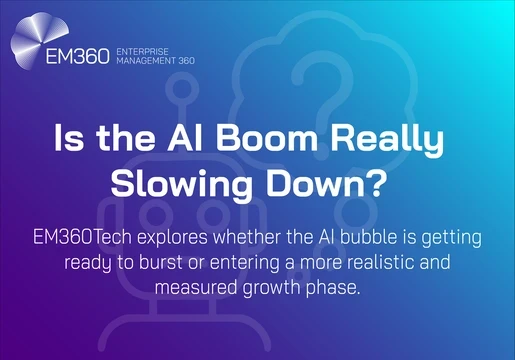In today's fast-paced business world, staying competitive means constantly improving processes and operations. One of the most effective ways to do this is through hyperautomation, a process of automating complex business processes using artificial intelligence (AI), machine learning (ML), and other advanced technologies. In this blog post, we'll explore the power of hyperautomation and how it can help your business drive efficiency and innovation.

What is Hyperautomation?
Hyperautomation is a combination of various technologies, such as AI, ML, robotic process automation (RPA), and other advanced tools that work together to automate complex business processes. This approach allows businesses to automate repetitive and time-consuming tasks, streamline operations, and improve overall efficiency.
Benefits of Hyperautomation:
Hyperautomation has many benefits for businesses. Here are some of the most significant advantages:
- Increased Efficiency: By automating routine and manual tasks, businesses can reduce the time it takes to complete processes, freeing up employees to focus on higher-value work.
- Enhanced Accuracy: Automation eliminates the risk of human error, ensuring that processes are completed accurately and consistently.
- Improved Customer Experience: Hyperautomation enables businesses to provide faster and more efficient customer service, leading to better customer satisfaction.
- Better Decision Making: With automation, businesses can collect and analyze data more quickly, making it easier to make informed decisions and identify areas for improvement.
- Cost Savings: Hyperautomation can help reduce labor costs, optimize resources, and improve overall operational efficiency, leading to significant cost savings.
Implementing Hyperautomation:
Implementing hyperautomation requires a strategic approach. Here are the steps to take:
- Identify Processes to Automate: Start by identifying which processes are repetitive, time-consuming, and could benefit from automation. Consider which tasks are the most critical to your business and would benefit from increased efficiency.
- Evaluate Technology: Evaluate the various technologies available for hyperautomation and determine which ones are best suited for your business needs.
- Develop a Roadmap: Create a roadmap for implementing hyperautomation, taking into account the processes to automate, the technologies to use, and the timeline for implementation.
- Train Employees: Once the technology is in place, train employees on how to use it effectively to ensure that they can leverage it to its fullest potential.
- Continuously Monitor and Improve: Monitor the performance of your hyperautomation tools regularly and make adjustments as needed to optimize results.
Conclusion:
Hyperautomation has the power to transform the way businesses operate, drive efficiency, and improve overall performance. By identifying the right processes, choosing the right technology, and implementing a strategic approach, businesses can leverage the benefits of hyperautomation to stay competitive and drive innovation.







Comments ( 0 )